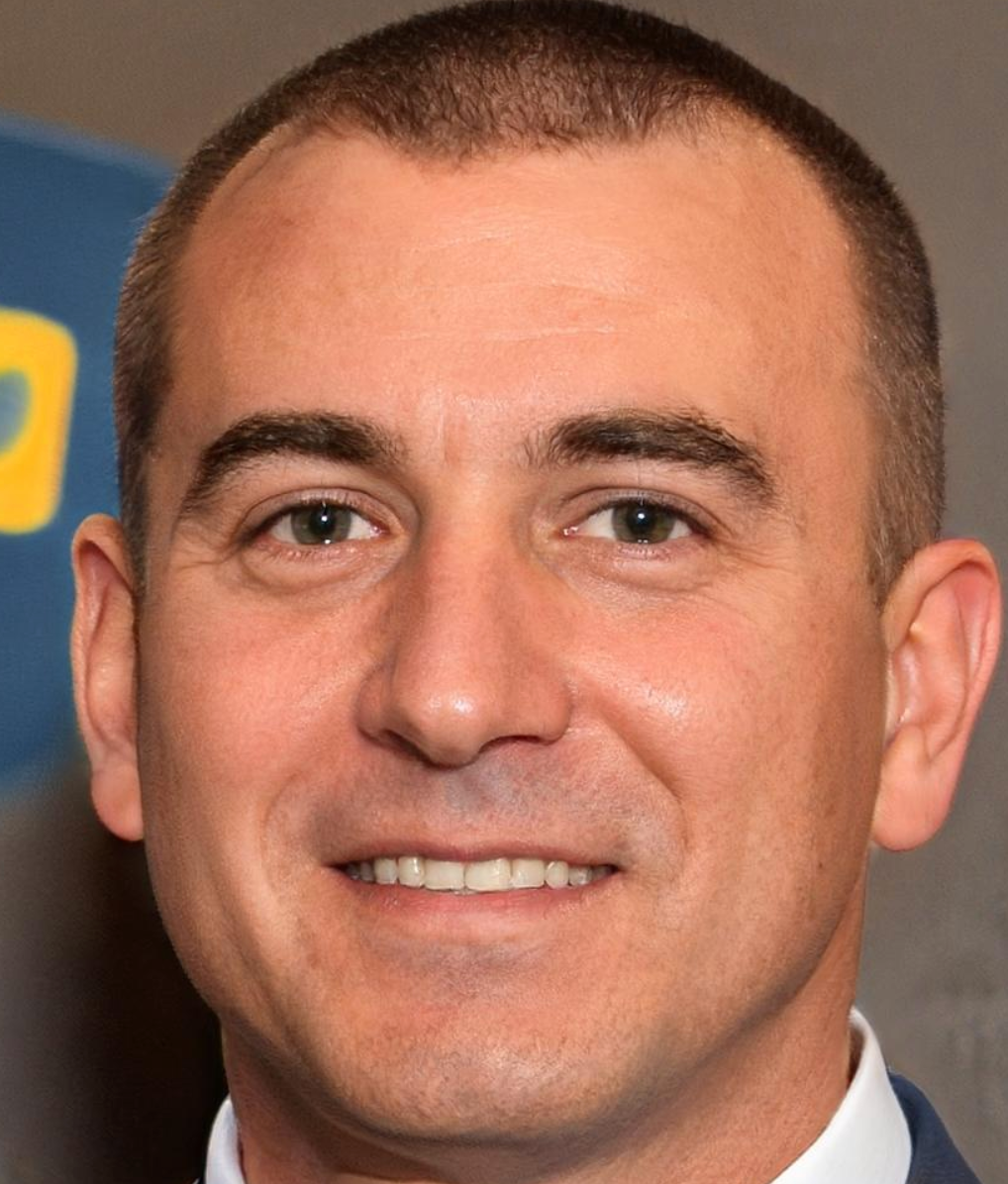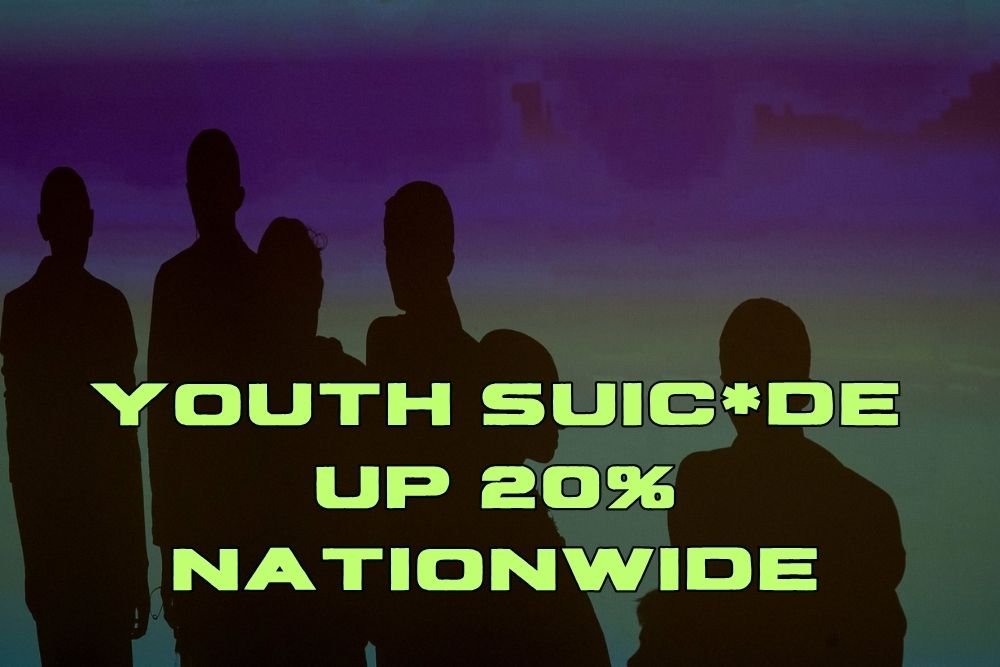Youth Suicide Up 20% Nationwide Since 2014; Georgia Leads With 65% Increase
ATLANTA, Georgia — Suicide rates among young adults aged 18 to 27 have jumped nearly 20% nationwide since 2014, according to recent data from Axios, Stateline, and the CDC. In Georgia, the crisis is even more dire — suicides among this age group have risen 65%, marking the steepest increase in the country.
A Growing Mental Health Emergency
Mental health experts warn that this trend reflects an unprecedented crisis among Gen Z, a generation shaped by digital culture but increasingly crushed by economic stress, isolation, and online pressure.
While North Dakota and Vermont have recorded rare declines — with suicide rates among young adults dropping by about 40% — most of the nation’s map “bleeds redder every year,” researchers say, signaling worsening outcomes nearly everywhere else.
Disparities Hit Southern and Midwestern Communities Hardest
Data shows that Black and Hispanic men in the South and Midwest are suffering the sharpest increases. Experts point to compounding factors — from financial instability and racial inequities to limited access to culturally competent mental health care.
“The victims aren’t statistics — they’re young adults who grew up online and are now struggling to find stability offline,” one behavioral health researcher said.
Technology, Economy, and Culture Converge
Analysts cite a range of causes:
- Algorithmic bullying and constant online comparison
- Economic despair amid rising debt and housing costs
- The American stigma around therapy, which keeps many from seeking help
The CDC notes that firearms are now involved in most youth suicides, underscoring the growing overlap between mental health crises and gun access in young populations.
Funding Cuts Deepen the Crisis
Meanwhile, federal funding for suicide prevention and youth mental health programs has been shrinking. States are struggling to maintain crisis hotlines and outreach services, leaving vulnerable young people with fewer resources when they need them most.
“The safety net is fraying,” said one public health advocate. “Each year, it catches fewer young people before it’s too late.”
Calls for Urgent Action
Mental health advocates are calling for expanded funding for school-based mental health programs, improved social media accountability, and broader access to affordable therapy.
If the current trend continues, experts warn, the nation could see another decade of steady increases in young adult suicide rates — unless immediate and coordinated action is taken.
If you or someone you know is struggling with suicidal thoughts, help is available. Call or text 988 to reach the Suicide and Crisis Lifeline, available 24/7 across the United States.
For more in-depth stories on public health, youth safety, and mental health reform, visit NapervilleLocal.com.

I’ve lived in Naperville long enough to see how quickly our community changes — from new developments downtown to sudden shifts in our Midwest weather. Reporting on Naperville news and daily forecasts gives me the chance to keep neighbors informed about what really matters. My goal is simple: deliver clear, timely updates so you always know what’s happening in our city and what to expect from the skies above.

